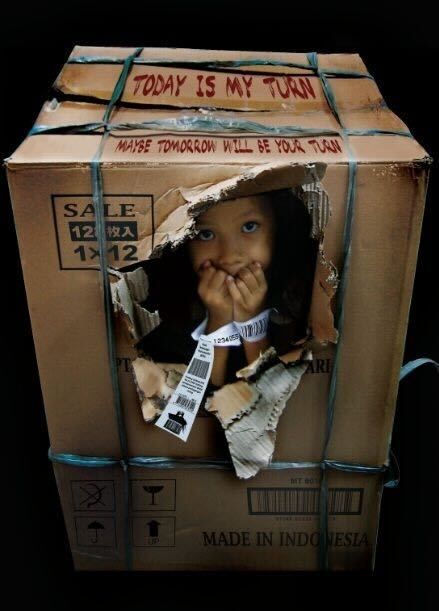0
Identified Survivors of exploitation and trafficking in our backyards.
Elite Foundation empowers all survivors with transformative services that promote healing and prevent re-exploitation.
With awareness and caring supporters, we can stop ongoing abuse.
Educate
0
trained as of 2022
Empower
$
0
scholarship & *Trauma Care Grant awards as of 2022
Evolve
0
Survivor Lives Transformed
as of 2022
We believe that every person has the right to live out their full potential with dignity and freedom.
That’s why we provide…
Educate

Elite's evidence-based, trauma-informed, outcome-driven curriculum trains community members to recognize key indicators of exploitation & trafficking. By identifying victims and perpetrators, anyone can save a life. Elite enrichment programs focus on prevention through education of all stakeholders.


Empower
Elite Foundation provides individualized resources to survivors of human trafficking (HT) worldwide to promote a fulfilling, healthy life while becoming self-sufficient. With the support of the community, we will not lose this battle.
Community Awareness & Empowerment Outreach
Evolve
Elite provides a continuum of wraparound services that transform lives. Survivors are equipped to heal through their stories and become leaders that fight for freedom for all people.

Upcoming Events
[latest-events]








